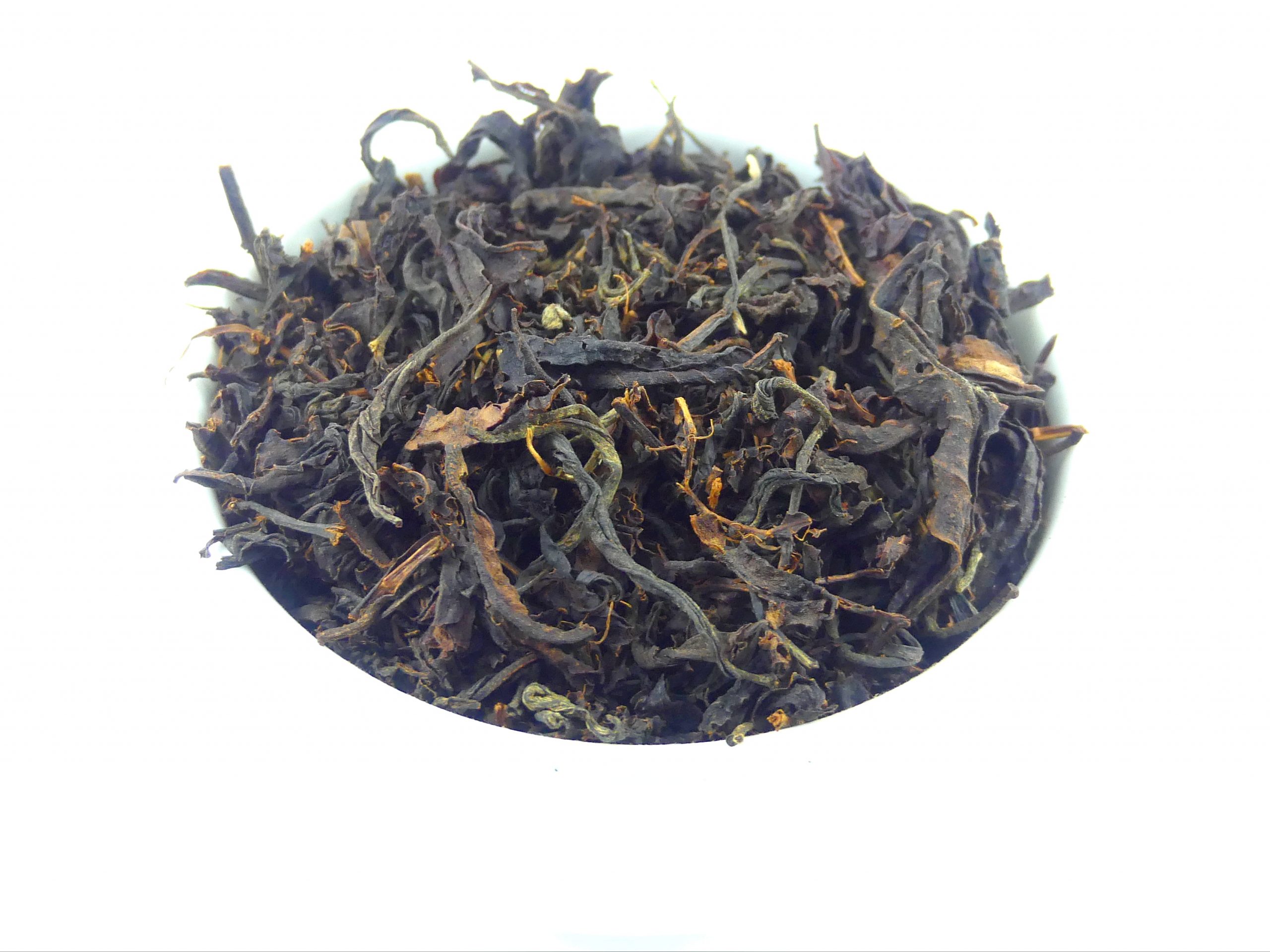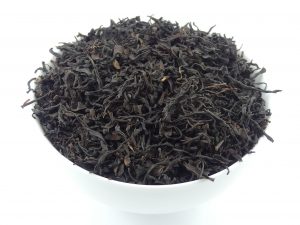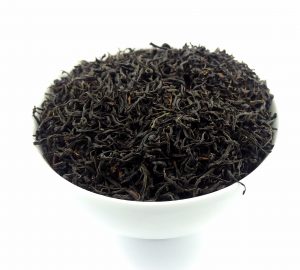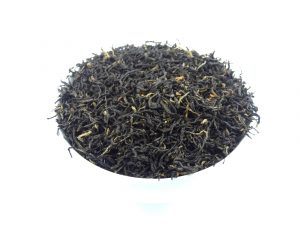Popis
If you were to look into the history of tea, you would learn that tea trees used to be a wild plant that originally covered what we know today as Yun Nan, Laos, Myanmar, northern Thailand and northern Vietnam.
Therefore, it is no surprise that all the native tea trees in northern Thailand are Assamese.
Our tea comes from the village of Wa Wi , Chinese for Cha Fang Cun 茶房村, which means „village of tea houses“. Which is located in northern Thailand, somewhere between Chiang Rai and Chiang Mai in the Doi Chiang area (Chiang Mountain). Its elevation is around 900-1000 meters. This area is inhabited mostly by Chinese refugees from the 1960s, who were Kuomingtang (Chinese National Party) at the time and came here on horseback following the ancient tea horse route in Yunnan, and a local indigenous group known as the Akha.
The tea is very similar in expression to Assam black teas, but offers a more aromatic expression
Aroma: intense, sweet with notes of meadow honey, cinnamon, roasted gingerbread, strawberries, dried flowers
Taste: very full, attractive with dominant notes of dried flowers, meadow honey, rare spices and strawberries
Harvest time: spring 2022
Place: Wa Wi (Doi Chiang)
Country: Thailand
Weight: 50 g
……………………………..
Introduction to Thai tea
Thai teas have lately been ranked among the most interesting in the world and manage comparisons with the most famous tea regions. Modern Thai tea production is linked to the initiative of the government and the Thai royal family to replace opium production with tea at the end of the last century.
After the end of the Chinese Civil War in 1949, the Kuomintang army fled to Taiwan and Burma. In the mid-1970s, those who settled in Burma were ostracized and expelled by local militias. At that time, the Thai king invited the remnants of the Kuomintang to settle in northern Thailand and protect Thailand’s borders and territory. The families were given Thai citizenship. In the 1980s and 1990s, they began working in tourism, fruit farming and tea production to generate income for ethnic minorities and replace opium and drug cultivation.
In the early 1990s, tea growers in northern Thailand received great support and inspiration from the Taiwanese and Chinese tea industries to develop high-quality oolong in Thailand, thanks to their deep connection through their shared Kuomintang history and Chinese diaspora, which resulted in Chinese settlements in Taiwan and northern Thailand.
The history of tea in Thailand goes back much further, of course.
Chinese immigration to the area began some time ago, perhaps thousands of years ago, so tea may indeed have been indigenous or cultivated here long ago. There was also a trade route from China to India through this area until at least the second century BC, perhaps even earlier.




